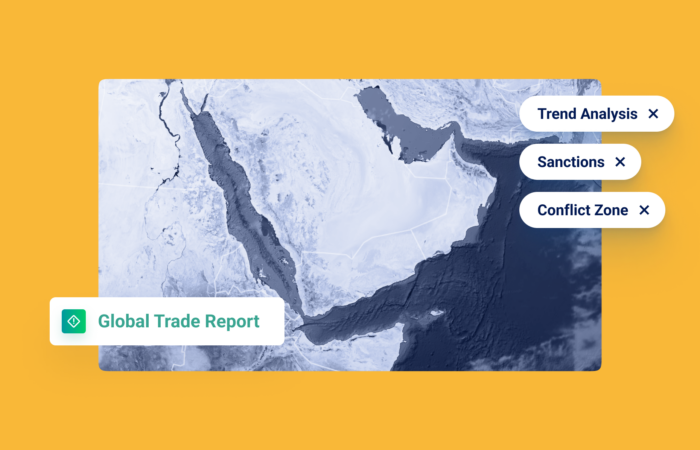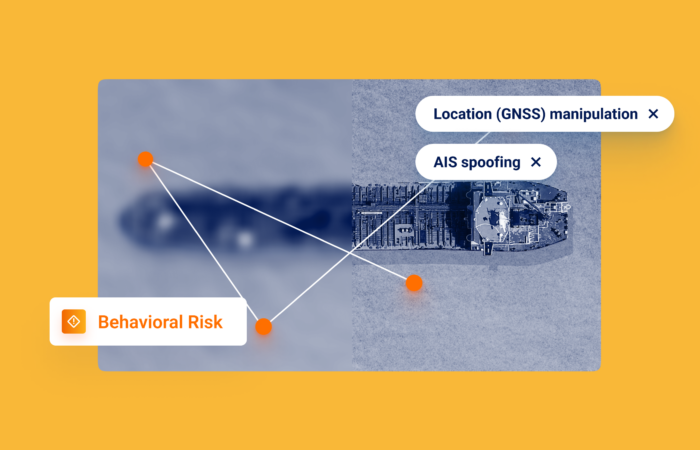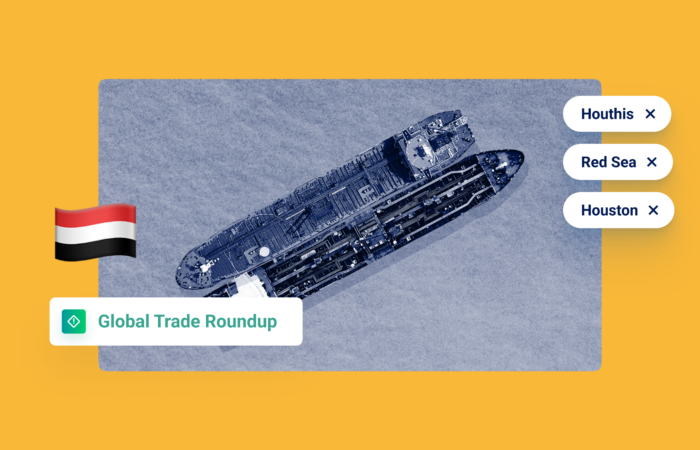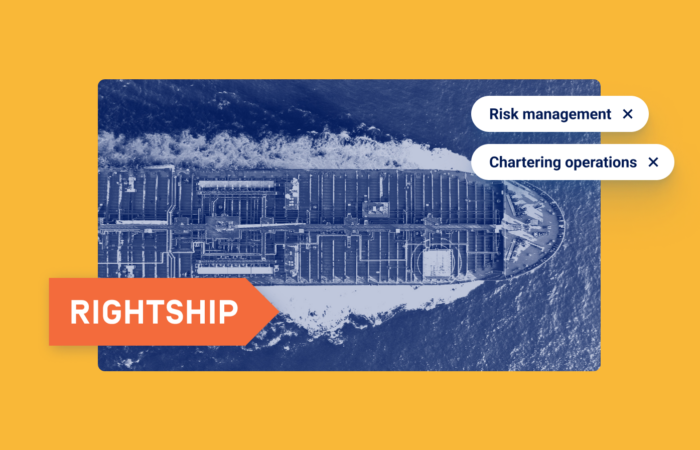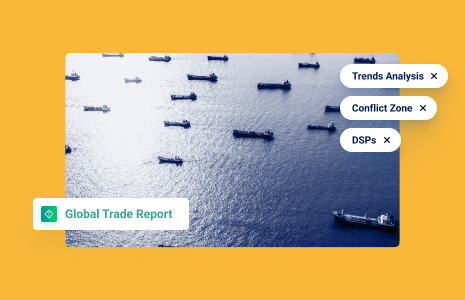What’s inside?
Last month’s joint ACAMS-Windward webinar on Know your Customer (KYC) and Customer Due Diligence (CDD) highlighted important trends and offered important insights and best practices. In case you missed it, here are a few key points from the webinar:
- Global anti-money laundering (AML) regulations are not static. While many financial institutions and designated non-financial businesses and professions (DNFBPs) move slowly on updating their processes and tools, regulators are continually pushing for increased risk mitigation.
Most recently, the U.S. passed the AML Act of 2020 as part of the National Defense Authorization Act of 2021. This established a beneficial ownership database, expanded existing AML/BSA obligations to art and antiquities traders, and continued to emphasize the use of new technologies to stay ahead of sophisticated financial criminals.
- Regulators worldwide continue to encourage implementation of new technologies by emerging RegTech vendors to combat money laundering, terrorist financing, sanctions evasion, and Trade-Based Money Laundering (TBML). In the U.S., the Federal Reserve, FDIC, FinCEN, NCUA, and OCC released an inter-agency statement in 2018 encouraging financial institutions to innovate in their approaches to AML compliance and risk management. Too many organizations rely on outdated technologies to screen and monitor their customers and third parties.
- Artificial Intelligence (AI) has become a huge buzzword in the RegTech and AML space. Financial institutions, DNFBPs, and other businesses must identify how the new technology will solve their challenge rather than looking for buzzwords. A few key areas where AI is solving huge challenges in AML were identified:
- AI for adverse media – companies such as RipJar are taking enormous databases of unstructured adverse media and extracting intelligence from them, moving beyond a simple keyword-based system to understand and extract risk and key data fields (name, address, etc.), making unstructured risk analysis far simpler.
- AI for transaction monitoring – simple pattern detection for transaction monitoring is no longer sufficient for properly identifying high risk behaviors. Institutions must combine raw transaction data with account information and build expansive networks and intelligence models to better predict illicit transactions.
- AI for Ultimate Beneficial Owners (UBOs) – companies such as Sayari are using AI to extract and integrate data across multiple sources to obtain a more complete view of corporate ownership. No single ownership vendor (DnB, Moody’s, OpenCorporates, etc.) possesses a complete view of UBO globally, and combining commercial data with government data and raw documents will provide a much better view of UBO structures.
- AI for trade-based sanctions evasion – organizations and countries are employing an increasing amount of sophisticated measures to obscure sanctions evasion, most egregiously around petroleum sanctions in Russia, Iran, and Venezuela.
Windward can help. By leveraging both best-in-class data providers such as LexisNexis, and real-time behavioral data, we help you identify your risk exposure before sanctions hit. We can also widen the scope of your AML and compliance operations by automatically identifying all links between any client and high-risk, or sanctioned, maritime entities.
Click here to listen to the webinar.



